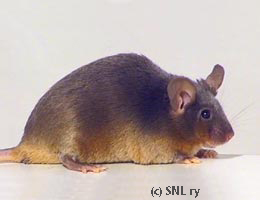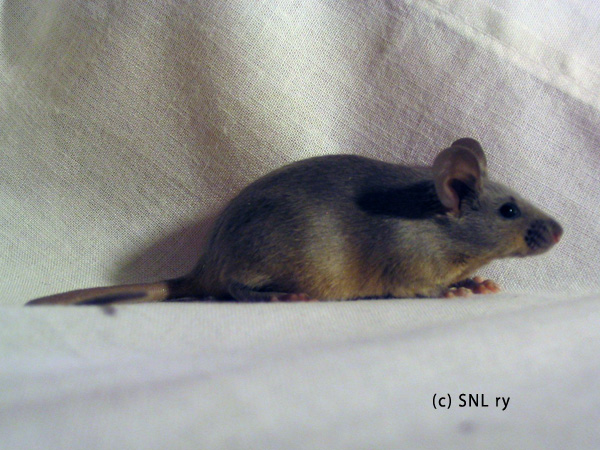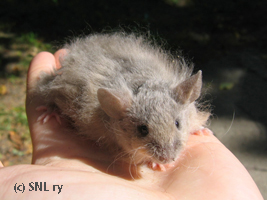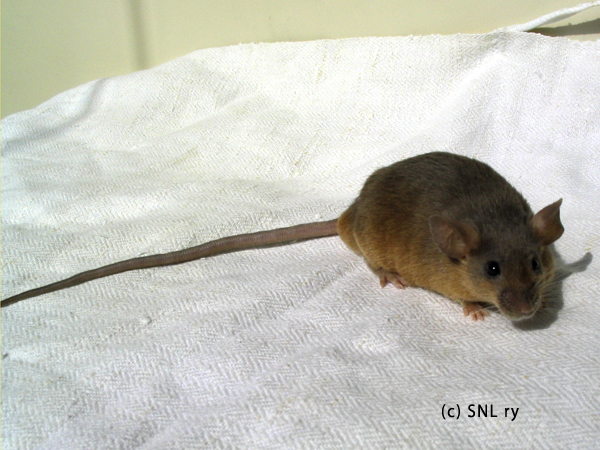Varieties
Shaded and Pointed
Blue Sable (bl-sa)
Ay/at B/* C/* d/d P/* U/*,
Ay/at B/* C/* D/* ln/ln P/* U/*,
Ay/at B/* C/* d/d ln/ln P/* U/*
"Colored like the sable, but with as blue as possible back, shading into as rich as possible golden tan belly. Eyes black."
Breeding information below the pictures.
Note: This article is old and waiting to be rewritten.
Quick Look
Like the name implies, this is the blue dilute version of the sable. The variety is actually rather pretty, even though due to the effect of the diluting gene on red pigment, the blue sable is nowhere near as striking as a sable is. The shadings should be as blue as possible, which does not mean "as blue as in the self blue". Consider how the shadings of the sable are not black, but dark brown and allow the same lightening of blueness in the shadings of the blue sable.
Blue sable is simply bred (well, it may not be that simple on the long run, but...) by introducing the diluting gene to the sable. This is most easily done with a sable to blue tan cross. Even a Self blue may do and according to my experience does. All the resulting mice in this first generation will carry the dilute d. There should be some sables in the litter - mate one with a blue tan and with a bit of luck you'll get some blue sables!
Continue like with the sable, but replace any black tans mentioned with blue tans and reds with creams. However, using a cream may lead to lilac sables in future generations (cream tend to look better if they have the chocolate dilution bc, blue sables black B).




